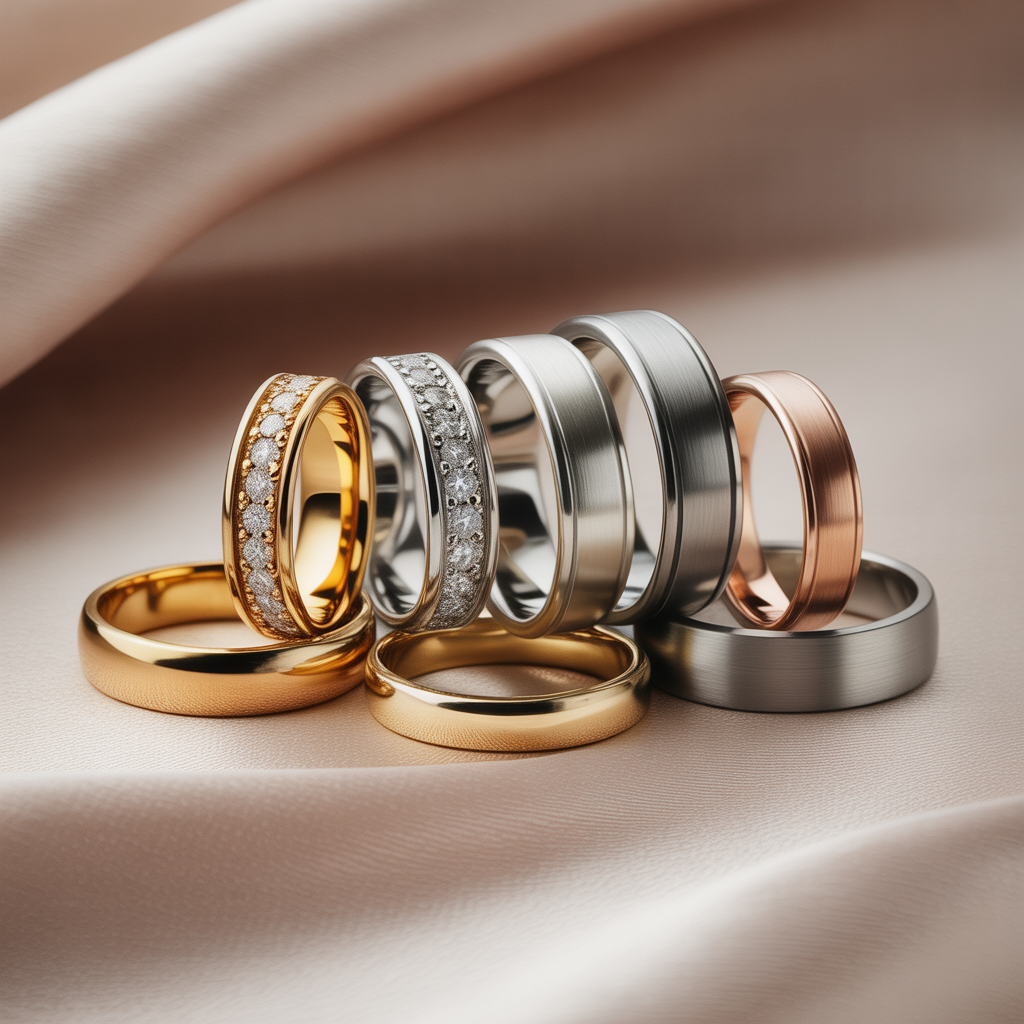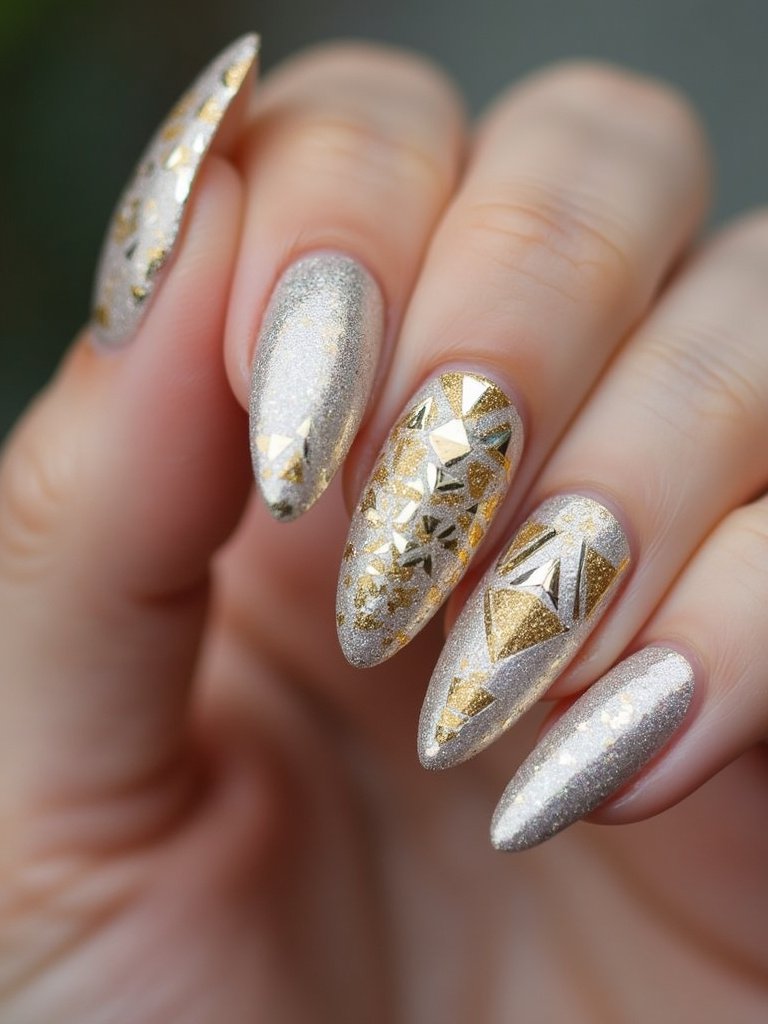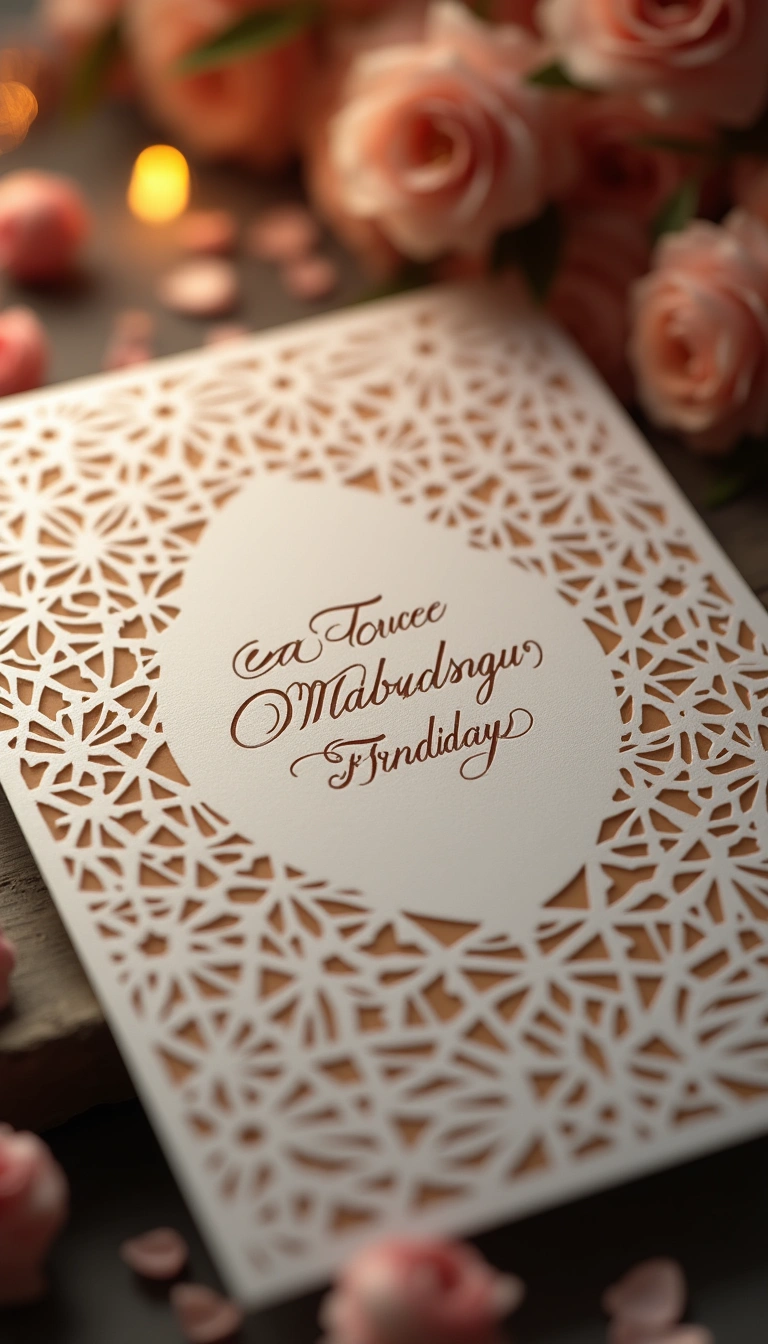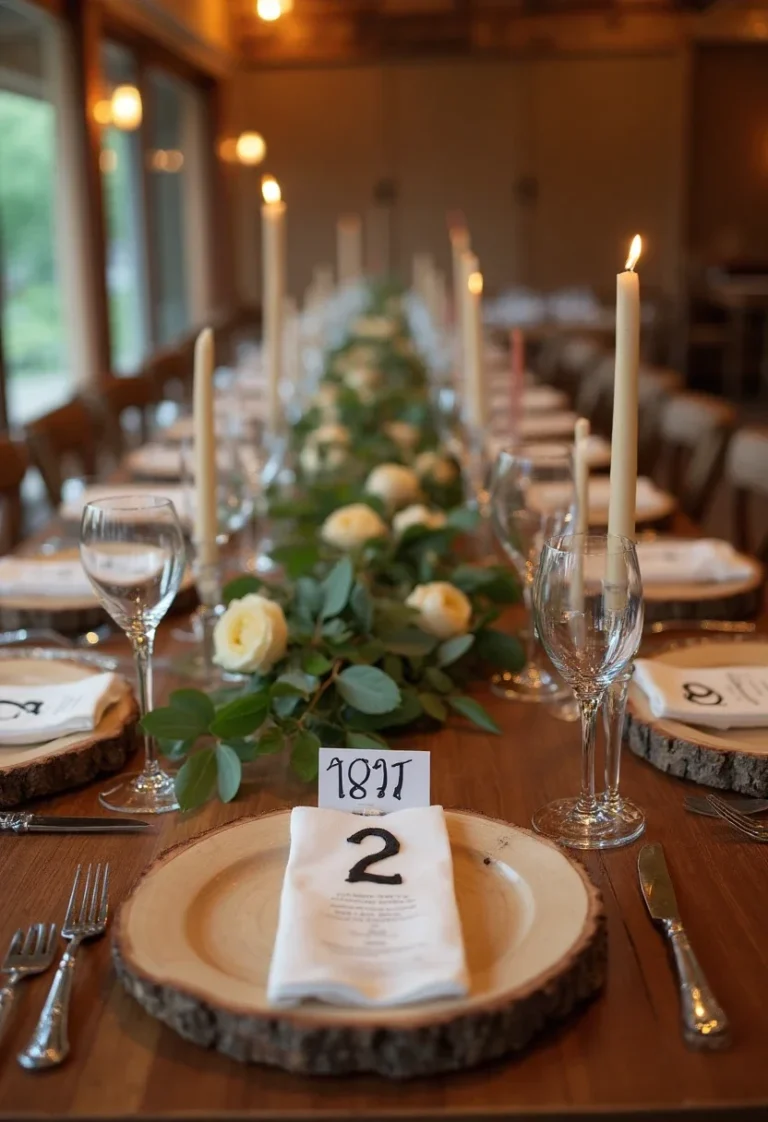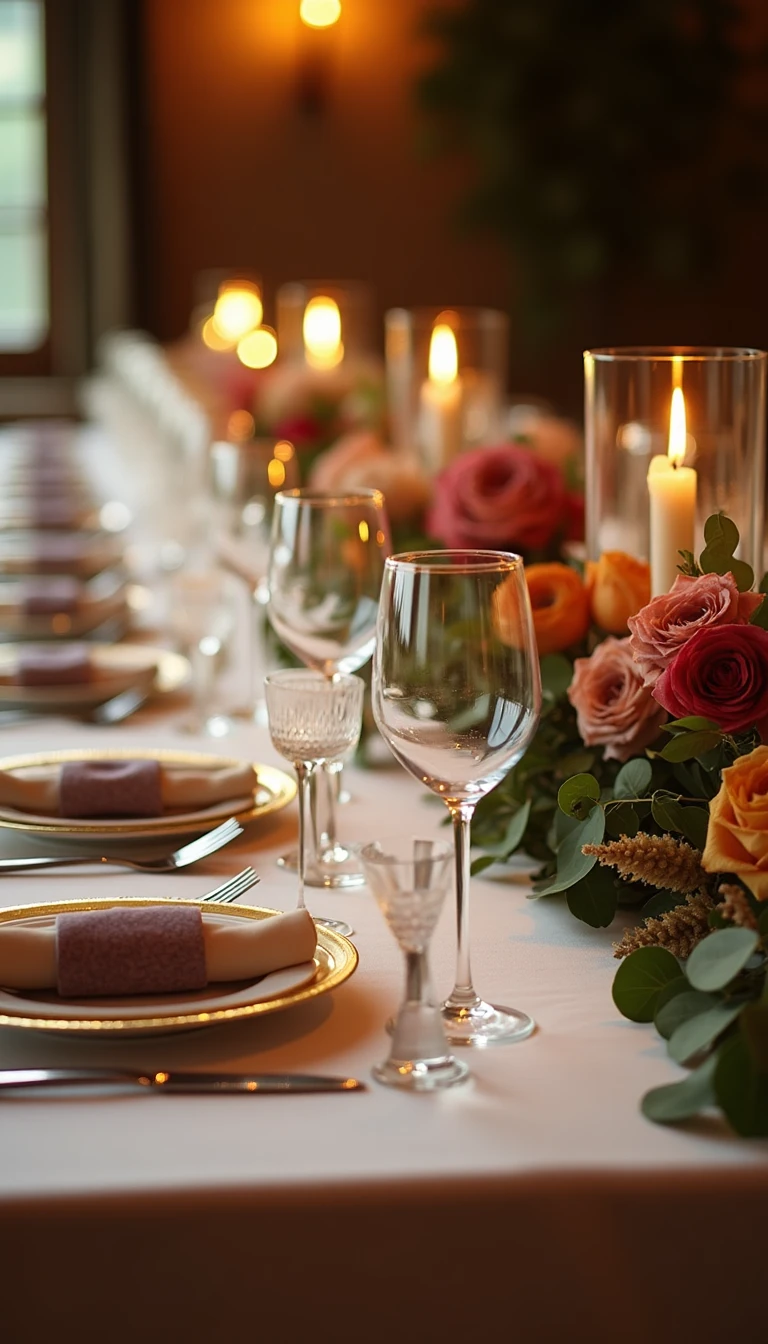9 Popular Metals to Consider for Your Wedding Rings
Introduction
This article explores nine popular metals used in wedding rings, outlining their definitions, key concepts for selection, and the pros and cons of each. Additionally, we will delve into couples’ choices and future trends in wedding ring materials.
Definitions of Common Metals Used in Wedding Rings
Wedding rings can be crafted from various metals, each with unique properties. Gold, one of the most traditional choices, is available in yellow, white, and rose variants. Platinum, known for its durability and hypoallergenic properties, is another popular option.
Silver, while less common for wedding rings, offers a classic look at a lower price point. Other metals, such as titanium and tungsten, are gaining popularity for their strength and modern appeal. Understanding these definitions is crucial for making an informed decision.
Key Concepts in Choosing Wedding Ring Metals
When selecting a wedding ring metal, several key concepts should be considered. First, the metal’s durability is essential; you’ll want a material that withstands daily wear. Second, consider the metal’s hypoallergenic properties, especially if you have sensitive skin.
The color and finish of the metal also play a significant role in the overall aesthetic. Lastly, budget constraints can influence your choice, as different metals come with varying price tags. Balancing these factors will lead to a satisfying choice.
Examples of Popular Metals for Wedding Rings
1. **Gold**: A classic choice available in different karats, with 14K and 18K being the most popular. Each karat indicates the purity of the gold, influencing both price and durability.
2. **Platinum**: This rare metal is heavier than gold and resistant to tarnish, making it a luxurious option.
3. **Silver**: Sterling silver is commonly used for rings, but it requires regular maintenance to prevent tarnishing.
4. **Titanium**: Lightweight and exceptionally strong, titanium is perfect for those seeking a modern look.
5. **Tungsten**: Known for its scratch resistance, tungsten is an excellent choice for those who lead an active lifestyle.
6. **Palladium**: Similar to platinum but more affordable, palladium offers a beautiful white metal option.
7. **Rose Gold**: A trendy choice, rose gold is an alloy that combines gold with copper, resulting in a warm hue.
8. **Carbon Fiber**: An innovative option for modern couples, carbon fiber rings are lightweight and unique.
9. **Ceramic**: Another contemporary choice, ceramic rings are scratch-resistant and come in various colors.
Pros and Cons of Each Metal
**Gold**: Pros include its timeless appeal and variety; cons are susceptibility to scratching and bending.
**Platinum**: Pros are its durability and hypoallergenic nature; cons include a higher price point.
**Silver**: Affordable and classic, but it tarnishes easily, requiring maintenance.
**Titanium**: Extremely durable and lightweight; however, it is difficult to resize.
**Tungsten**: Highly scratch-resistant but can shatter under severe impact.
**Palladium**: Lighter than platinum and less expensive, but availability can be limited.
**Rose Gold**: Stylish and unique, but copper may cause allergic reactions in some individuals.
**Carbon Fiber**: Lightweight and customizable; however, it lacks traditional appeal.
**Ceramic**: Scratch-resistant and versatile; yet, it can be brittle and hard to resize.
Case Study: Couples’ Choices in Metal Selection
A survey of 100 couples revealed that 60% preferred gold, citing its classic nature. Among those opting for modern designs, titanium and tungsten were chosen by 30% for their durability and contemporary feel. This indicates a shift towards both traditional and modern preferences.
Future Trends in Wedding Ring Metals
The future of wedding ring metals appears to be leaning towards sustainable and alternative materials. Couples are increasingly interested in ethically sourced metals and lab-grown options. Additionally, innovative materials like recycled metals and unique composites are gaining traction, reflecting a desire for individuality and environmental consciousness.
Conclusion
Choosing the right metal for your wedding ring is a personal decision influenced by various factors, including style, durability, and budget. Each metal has its own set of pros and cons that should be carefully considered.
By understanding the characteristics of popular metals, couples can make a choice that symbolizes their love while meeting their practical needs. As trends evolve, staying informed about new materials can further enhance this meaningful selection.
More on Gold: Variations and Cultural Significance
Gold rings, particularly, have a rich cultural significance in many societies. For instance, in Western cultures, a gold wedding ring symbolizes eternal love, while in some Eastern traditions, gold signifies wealth and prosperity. The variations in gold, such as white gold and rose gold, not only cater to different aesthetic preferences but also represent different cultural stories and meanings.
White gold, an alloy of gold and other metals like palladium, has become increasingly popular for its modern look and durability, making it a favorite among contemporary couples. Meanwhile, rose gold has surged in popularity, especially among younger couples, due to its romantic hue and vintage charm, often associated with love and passion.
Platinum: A Deeper Dive
Platinum’s rarity enhances its desirability, as it is one of the rarest metals used in jewelry. Its natural white sheen complements diamonds and other gemstones beautifully. Moreover, platinum is known for its strength, which means that it can hold stones securely in place, making it an excellent choice for engagement rings as well.
Additionally, platinum rings are often considered a symbol of commitment and luxury. Couples choosing platinum may be making a statement about their relationship, as it embodies permanence and resilience, much like the love it represents.
Sustainable Options: The Rise of Eco-Friendly Metals
As the world becomes more eco-conscious, many couples are opting for sustainable wedding ring options. Recycled metals, for instance, allow couples to minimize their environmental footprint while still enjoying beautiful jewelry. These metals retain the same quality and aesthetic appeal as newly mined metals but come with the added benefit of being environmentally friendly.
Moreover, lab-grown diamonds and gemstones are becoming increasingly popular as ethical alternatives to mined stones. This trend reflects a broader movement towards sustainability in the jewelry industry, allowing couples to express their love while also caring for the planet.
Comparing Durability and Maintenance
When considering wedding ring metals, durability and maintenance are critical factors. For example, while gold is beautiful, it may require more frequent polishing to maintain its luster, especially in lower karats. In contrast, platinum and tungsten are known for their scratch resistance, meaning they require less maintenance over time.
Couples should also consider how their lifestyle may impact the longevity of their chosen metal. Active individuals may prefer metals like titanium or tungsten, which can withstand impacts better than softer metals. Understanding these differences can help in selecting a ring that remains beautiful and intact for years to come.

